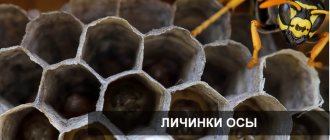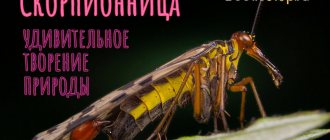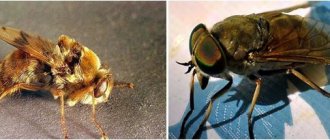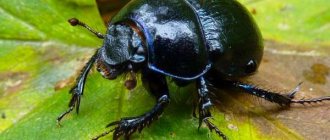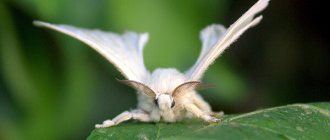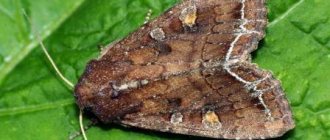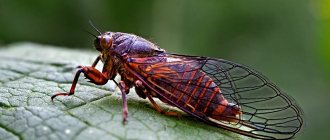A worm is like an insect, which belongs to invertebrate animals that live on the territory of water bodies, land and inside a living organism, but essentially does not belong to them. The type of worm that lives inside a living organism leads a parasitic lifestyle, fulfilling its needs at the expense of another animal. Most often, a person acts as a carrier of such worms.
All worms can be divided into three types: annelids, roundworms and flatworms. Many encyclopedias cannot determine which class the tapeworm belongs to. Some sources distinguish it as a separate type, others consider it a subspecies of flatworms. But the fact remains that no one denies the existence of these worms.
Reproduction
Among flatworms, hermaphrodites predominate; only some species are dioecious, for example, schistosomatidae. The reproductive system, both male and female, can differ greatly between species in terms of the shape of the structure of the testes and ovary. The same applies to the rest of the components of the reproductive system. Certain groups of ciliated worms and all representatives of parasites have an ovary divided into 2 parts:
- Germarium is the ovary itself. Produces eggs that are poor in yolk but capable of development.
- Vitellaria - sometimes called vitellaria, it produces abortive type eggs, they are rich in yolk.
These composite reproductive systems form complex, or exolecithal, eggs. The common membrane may contain one egg or a number of yolk spherules secreted by accessory glands.
Familiarization with the pharynx and intestines
All groups of flatworms are characterized by the presence of a pharynx, which leads to the intestine. The exceptions are cestodes and tapeworms. This intestine opens into the parenchyma intended for digestion, closes blindly and is connected with the outside world only by the mouth opening. Some large turbellarians have anal pores, however, this is an exception only for some subjects of the species. Small forms are characterized by a straight intestine, while large ones (planaria, fluke) may have a branched one. The pharynx is located on the surface of the abdomen and can often be found in the middle or closer to the back of the body. In some groups of worms the pharynx moves forward.
Features of the nervous system and sensory organs
Characterizing the nervous system of flat protostomes, it is worth noting that they are characterized by the presence of nerve ganglia located in front of the body, and also have ganglia of the brain and nerve columns branching off from them, which are connected by jumpers. Sensitive organs include individual skin cilia, which are processes of nerve-type cells. There are free-living species that have special, light-sensitive eyes of a pigmented nature. Such organs serve as a primitive adaptation to the sense of balance and allow vision, albeit primitively.
Breathing methods
Now we will try to understand the question of how flatworms breathe? The detailed description of breathing processes is described only superficially. It is only important to know that flatworms breathe through the cavity of the entire body. It follows from this that they do not have special respiratory organs, characteristic of many animals. However, this applies to parasitic forms of worms and free-living species, and endoparasites living in an environment with a small amount of oxygen can respire anaerobically.
Respiration of aerobic flatworms is carried out by diffusion - the interpenetration of, for example, gases, with the aim of leveling them throughout the entire volume of the body. Anaerobic glycolysis of endoparasites is a self-sufficient process, which is characterized by the presence of three conditions: the arrival of glucose, the presence of ATP, in almost any quantity, and the restoration of the lost supply of NAD.
The structure of the body
The breathing of a flatworm is carried out precisely through the surface of the body of the organism, therefore it is connected with the structure of the integument of the body. The outside of the body is covered with a single layer of epithelium. Ciliated worms (turbellarians) have an epithelium consisting of cells that bear cilia. Parasitic flatworms, flukes, as well as representatives of monogeneans, cestodes and tapeworms do not have ciliated epithelium during the main part of their lives. Ciliated cells can be found in larvae. The body integument of these three types is presented in the form of teguments, which bear microvilli or chitinous hooks. Tegument holders are called representatives of the Neodermata group. Flatworms are able to restore about 6/7 of their body components through regeneration.
